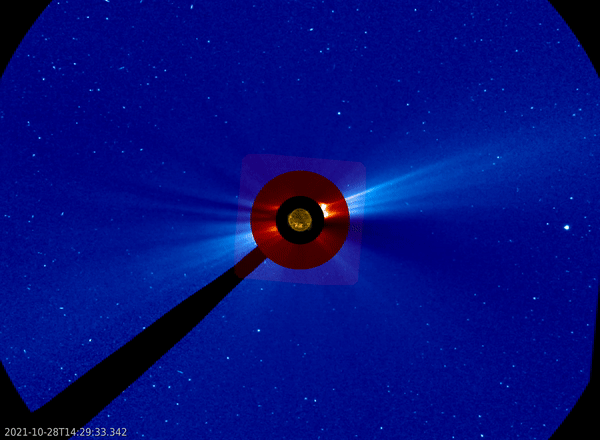A groundbreaking study recently submitted to Acta Astronautica has highlighted the promising capabilities of aerographite solar sails. These sails are theorized to be game-changers for journeys to Mars and even interstellar space. Unlike traditional methods which are time-consuming and require enormous amounts of fuel, solar sails promise speed and efficiency.
The research backs the ongoing endeavors by various organizations, including The Planetary Society's LightSail2 mission. Dr. René Heller from the Max Planck Institute for Solar System Research and a significant contributor to the study explains, “Solar sail propulsion can deliver small payloads throughout the solar system with unmatched speed.”
Traditional rockets utilize fuel combustion to generate thrust. In stark contrast, solar sails harness sunlight for propulsion. These enormous sails, when deployed, capture solar photons akin to wind sails catching wind on Earth. As more photons are captured, the speed of the spacecraft increases steadily.

To test the efficacy of such sails, researchers simulated the journey of an aerographite solar sail, weighing up to 1 kilogram, to Mars and the heliopause. They examined two trajectories from Earth: the direct outward transfer and inward transfer methods.
For Mars and the heliopause using the direct outward transfer, the best results were achieved when Mars was in opposition to Earth. Using the inward transfer method, the sail would first be taken closer to the Sun using chemical rockets, then deployed to journey to Mars or the heliopause.
A crucial factor for the sail's efficiency is the material. Julius Karlapp from the Dresden University of Technology states, “Aerographite, with its exceptionally low density, is vastly superior to conventional solar sail materials, delivering much higher thrust force.”
Remarkable Speed: Solar Sails Slash Mars and Heliopause Journey Times
The results? Stunningly, the solar sail could reach Mars in as little as 26 days using the direct outward method or 126 days with the inward transfer method. Trips to the heliopause would take approximately 5.3 years and 4.2 years, respectively. These times compare favorably to current travel durations, which can extend to 7-9 months for Mars and up to 41 years for the heliopause.
However, the research isn't without challenges. Deceleration upon arrival, especially at Mars, poses a significant hurdle. Dr. Martin Tajmar from the Dresden University of Technology mentions, "We’re exploring alternative strategies for braking and facing various challenges."
Solar sails aren't a novel concept. They've been on NASA's radar since the 1970s. With the anticipated launch of the NASA Solar Cruiser in February 2025, it seems solar sails might soon become a reality, paving the way for a new era in space exploration.









